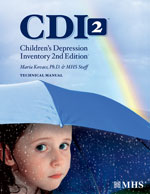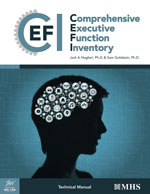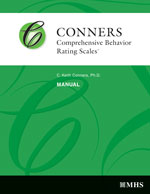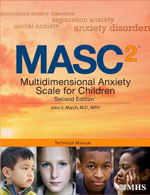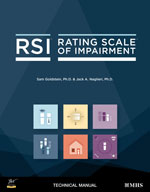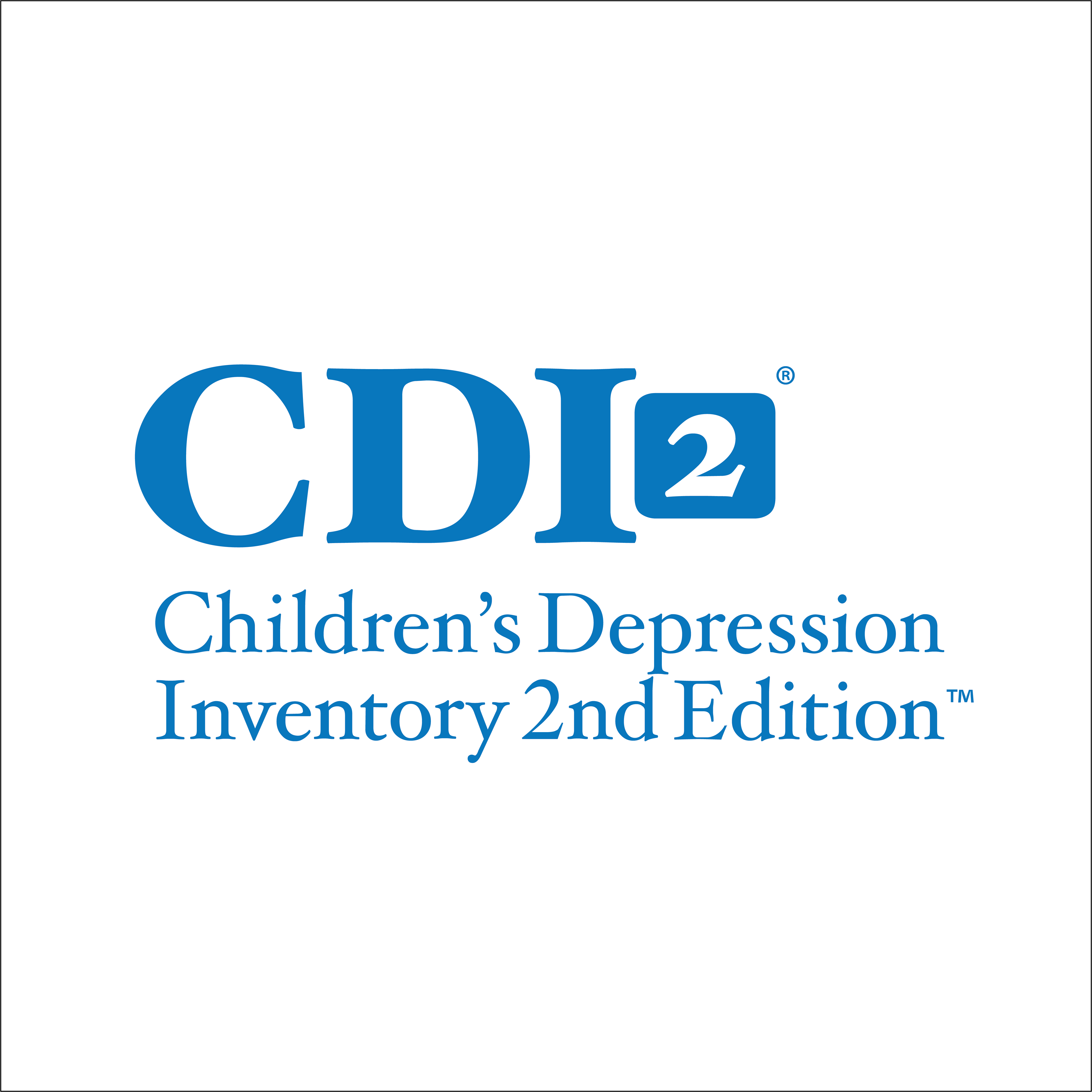
CDI 2® Spanish Edition
Children’s Depression Inventory 2nd Edition™
Filters
The Children’s Depression Inventory 2nd Edition™ (CDI 2®) is a comprehensive multi-rater assessment of depressive symptoms in youth aged 7 to 17 years. When results from the CDI 2 are combined with other sources of verified information, the CDI 2 can aid in the early identification of depressive symptoms, the diagnosis of depression and related disorders, as well as the monitoring of intervention effectiveness.
Age
- 7 to 17
Administration Type
- Parent
- Teacher
- Self
Administration Time
- Self-Report: 20 Minutes
- Self-Report (Short): 5 Minutes
- Parent: 10 Minutes
- Teacher: 10 Minutes
Number of Items
- Self-Report: 28
- Self-Report (Short): 12
- Parent: 17
- Teacher: 12
Qualification Level
- B
Format(s)
- Online (Administration & Scoring)
- Handscored
Reading Level
- 2nd Grade
- Aids in the early identification of depressive symptoms
- Strong psychometric properties
Ensures you can be confident in the quality and rigor of the assessment
-
Includes items that focus on the core aspects of childhood depression, revised scales, and norms representative of the U.S. population
-
A multi-rater assessment with input from parents, teachers, and self-report ratings.
-
Compare scores across informants with a Self–Report Form that includes Emotional and Functional Problem scales that mirror Teacher and Parent forms.
-
Accessible 2nd grade reading level ensures understanding
Assessment Reports provide detailed information about scores from a single administration, presented both numerically and graphically. An individual's scores are compared to those in the normative sample and elevations at the scale and subscale level are indicated.
Progress Reports compare the results of two to four administrations for the same individual to measure changes over time. These reports are ideal to use when monitoring treatment and intervention effectiveness.
Comparative Reports combine the results of different raters to provide an overview of an individual's scores from a multi-rater perspective. This highlights potentially important inter-rater differences in scores.
The CDI 2 comprises the following protocols:
- Self-Report (Full-length and short forms)
- Parent
- Teacher
CDI 2: Self-Report
Completed by the youth, this full-length form contains age-appropriate manifestations of depression symptoms. It is recommended for use in initial evaluation and is appropriate when there is a need for a comprehensive assessment and robust description of a child’s depressive symptoms. This is a 28-item assessment that yields a Total Score, two scale scores (Emotional Problems and Functional Problems), and four subscale scores.
CDI 2: Self-Report Short Forms
Completed by the youth, this short form contains 12 key items from the full-length form and provides an efficient screening measure, saving time by taking only about 5 minutes—half of the time the full-length form requires to administer. Supported by excellent psychometric properties, the Self-Report Short Form yields a Total Score that is comparable to the one produced by the full-length version.
CDI 2: Parent
Completed by parents or primary caregivers, the 17-item Parent Form consist of items that correspond to the self-report version and are suitably rephrased. Its purpose is to gather information about the child’s behavior at home and in family contexts. Item selection for the Parent Form was guided to maximize validity, and thus focused on observable manifestations of depression.
CDI 2: Teacher
The Teacher Form consists of items that correspond to the self-report version and are suitably rephrased. This will provide information about the child or youth’s behavior in academic and social situations in a school environment.
Reports:
Reports for the CDI 2 are available in both online and software options and include the following report types:
- Assessment
- Progress
- Comparative
The CDI 2 quantifies depressive symptomatology using reports from children/adolescents, teachers, and parents or caregivers. MHS offers two ways to administer and score this assessment to meet the setting needs or preference of the user. Whether it’s online through the popular MHS Online Assessment Center+ or handscored using MHS’s QuikScoreTM paper-and pencil format, there’s a solution for you.
The CDI 2 Self-Report (full-length and short) normative sample includes 1,100 children and adolescents aged 7 to 17 from 26 different states in the U.S. The sample is evenly proportioned in terms of age and gender, with 50 male and 50 female children and adolescents at each age. The racial/ethnic distribution of the sample closely matches the U.S. census distribution (i.e., all races were within 1% of Census targets, based on the 2000 U.S. Census report). Overall, the normative sample includes a reasonable spread of geographical locations of all four major regions of the U.S.
A clinical sample of 319 youth aged 7 to 17 (M age = 12.63 years, SD age = 3.02 years) diagnosed with Major Depressive Disorder (MDD; 33.86%), Attention-Deficit/Hyperactive Disorder (ADHD; 28.21%), Conduct Disorder (CD; 14.11%), Generalized Anxiety Disorder (GAD; 13.79%), or Oppositional Defiant Disorder (ODD; 10.03%) was obtained.
